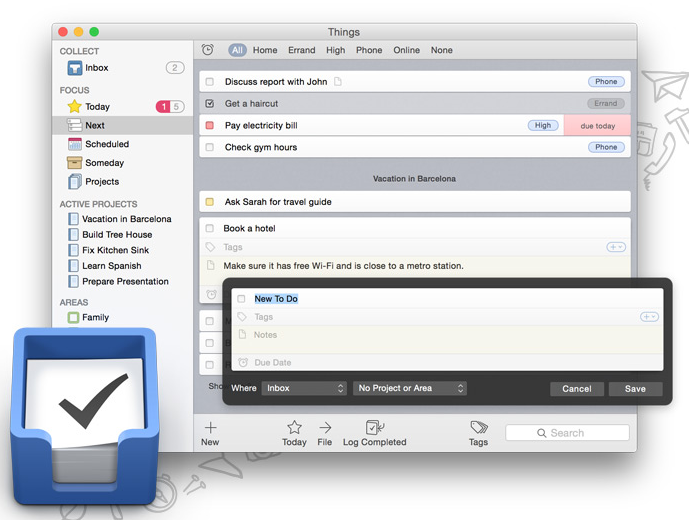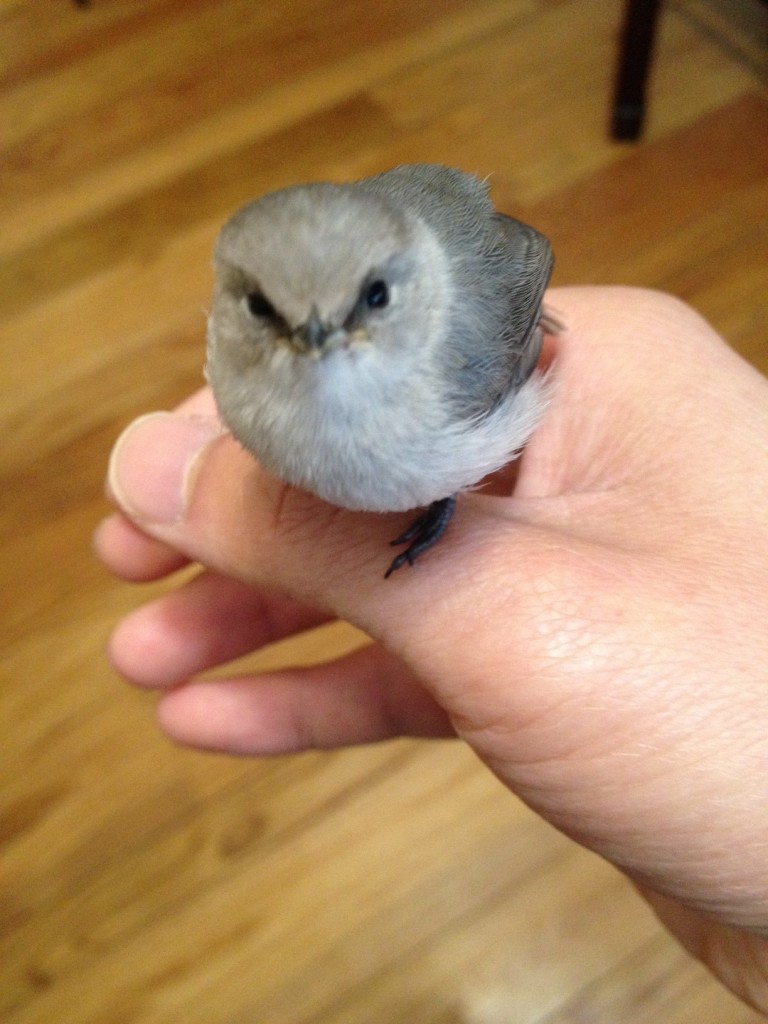

As an example, here is one of Tom’s projects that we’ve made a sequential project: One of Tom's Sequential Projects.Īs you can see, Tom must prepare Nick’s Q1 performance report before those for Jenny’s and Mary’s. Now this may not be practical for all projects, but when you can do it, it is indeed powerful – it forces you to focus in the immediate next action and to get that done first, rather than jumping to a later (and likely less strenuous) action. This is because projects usually consist of a bunch of action items (tasks) that you need to complete, and most people just enter them and then start doing them whenever convenient.Ī simple (yet incredibly useful) experiment to try is this: make your projects sequential, that is, you don’t get access to later tasks until your current task is complete. For the vast majority of situations, you will end up using parallel projects.

There are two types of projects: sequential and parallel. Don’t be afraid to set start dates in the future either. This is because start dates are one of the ways that OmniFocus knows that a project or task is active, and makes it available to you. We do recommend using start dates for everything though.

We’ve already emphasized how we don’t really use due dates unless something is absolutely 100% “the world will end otherwise” due on that day. Lastly, you can look under “Stalled” in the Project Filter – this lists the projects that you have that don’t have any available actions. This is useful for seeing what you have upcoming. They then show up under the “Pending” setting under Project Filter. To put a project on pending, you set a start date in the future. All projects on hold show up in the “On Hold” setting under Project Filter. You put projects on hold when you’ve started doing them but discover that something else takes priority first.
#OMNIFOCUS PRIORITIES HOW TO#
Here’s how to them on hold: Changing the project status to hold. You can easily put projects on hold or on pending. Here are some miscellaneous things about projects and tasks that most people who use OmniFocus don’t know. Get it here: Asian Efficiency OmniFocus Style. If you’re not using the Asian Efficiency OmniFocus style, you should be. We’ve mentioned it a bunch of times already. I’ve since discovered how to fix that – simply change the filter settings for your Today views to the following: The proper Today filter settings. I made a hiccup in a past article on using flags, which was having non-flagged action groups or project show up in your Today views. Do this for a couple of weeks, and you’ll find yourself achieving AMAZING results in your business/career and your personal life. The real trick with using flags is that you ONLY flag 6 items, and that you know what order you are going to complete them in – and stick to that order. I cannot stress enough just how useful this tip is – think of this as the modern implementation of Ivy Lee’s $25,000 advice to Charles Schwab: write your 6 most important tasks down, and start at number 1. We talked about flags in parts 3 through 6 of the OmniFocus series, and showed you how to use them to define your 6 daily tasks. (Note: Tom will make some guest appearances in this article to show us how certain things work – but this is an article about YOU using OmniFocus mostly.) Flags Instead, in this part we are going to highlight what I think are the most useful and most overlooked aspects of OmniFocus, and hopefully get you to adopt them! I’m also going to cover a bit more on OmniFocus usage philosophy and show you just how much adopting a proper task management system can change your life.
#OMNIFOCUS PRIORITIES SOFTWARE#
I know that AE Thanh has some really ninja stuff involving other software programs and integrating them with OmniFocus, but I’ll leave that to him. Some of the tips in this article will overlap with the videos, because I think they’re super-important and worth emphasizing. In case you missed them, I recorded some videos about Advanced OmniFocus Functionality a while back – and those are still very much valid. It’s our guide that is simple, practical and it has a lot of field-tested workflows and solutions to help you use OmniFocus the right way. If you are looking for a shortcut to use OmniFocus the right and effective way, check out OmniFocus Premium Posts. In these last couple of tutorials, AE Thanh and I are going to show you some advanced OmniFocus tips and tricks (or “OmniFocus ninjutsu” as some like to call it).
#OMNIFOCUS PRIORITIES SERIES#
Welcome to the last couple of articles in our OmniFocus series (don’t worry, there will be more to come in the future!).


 0 kommentar(er)
0 kommentar(er)
